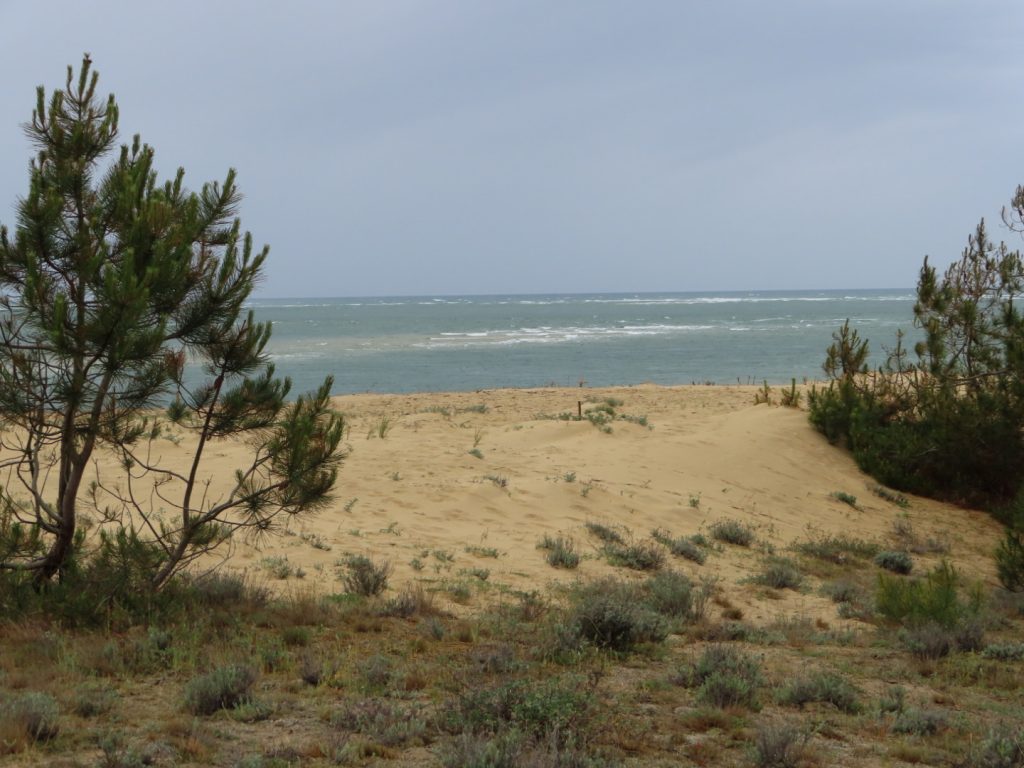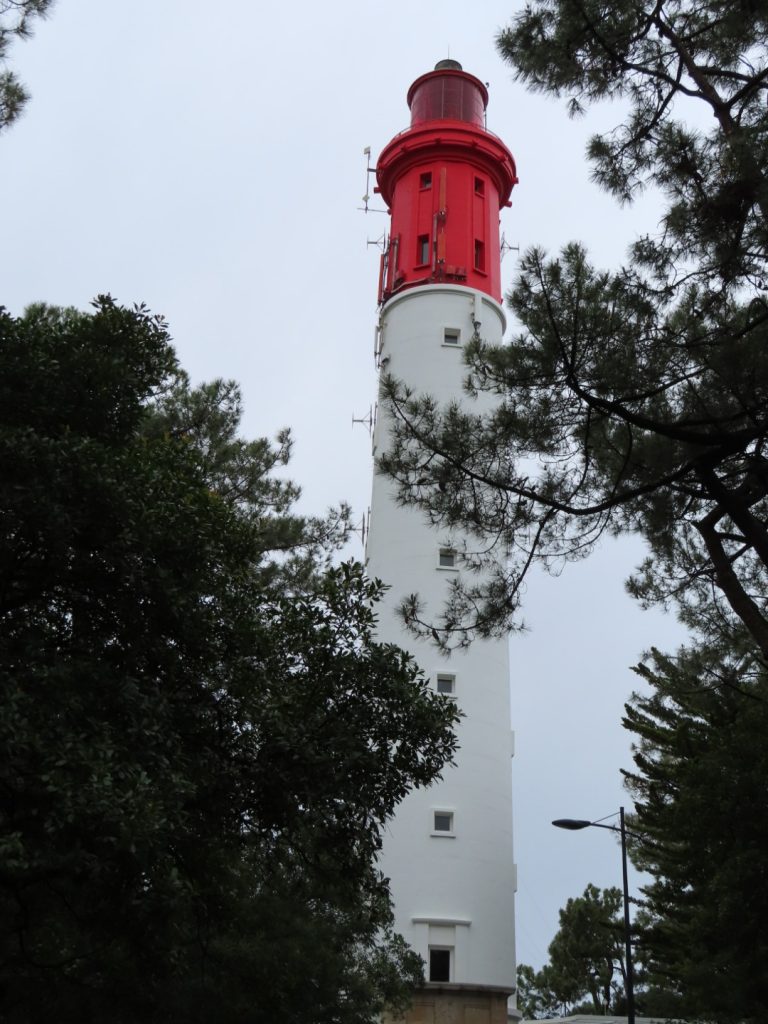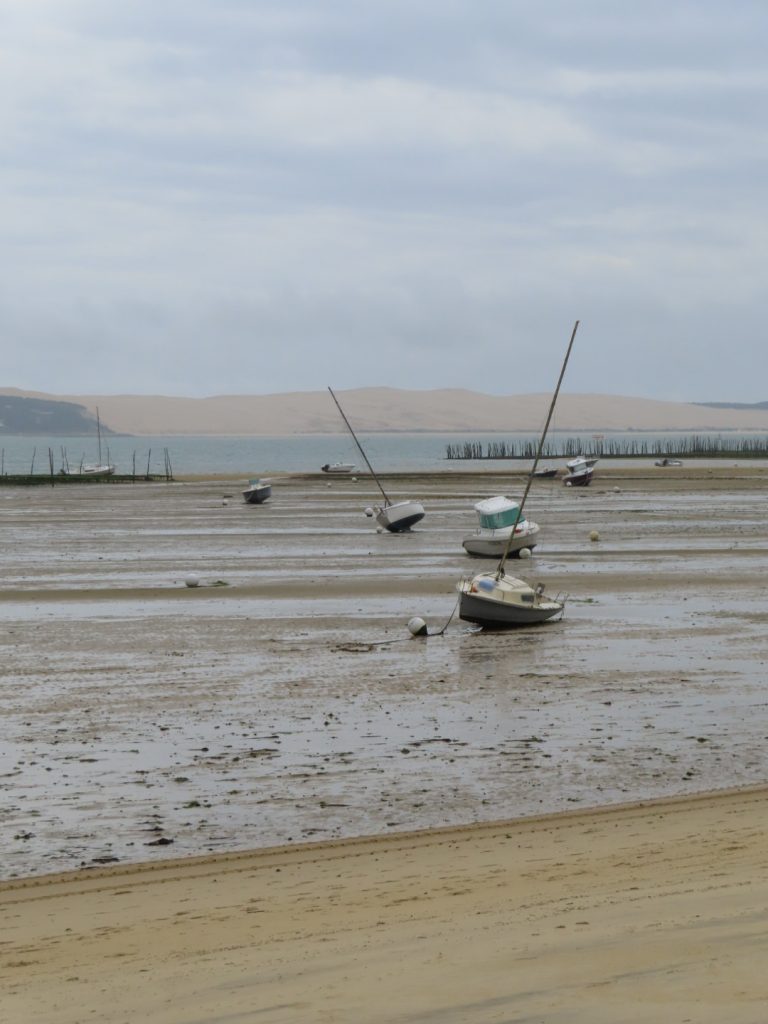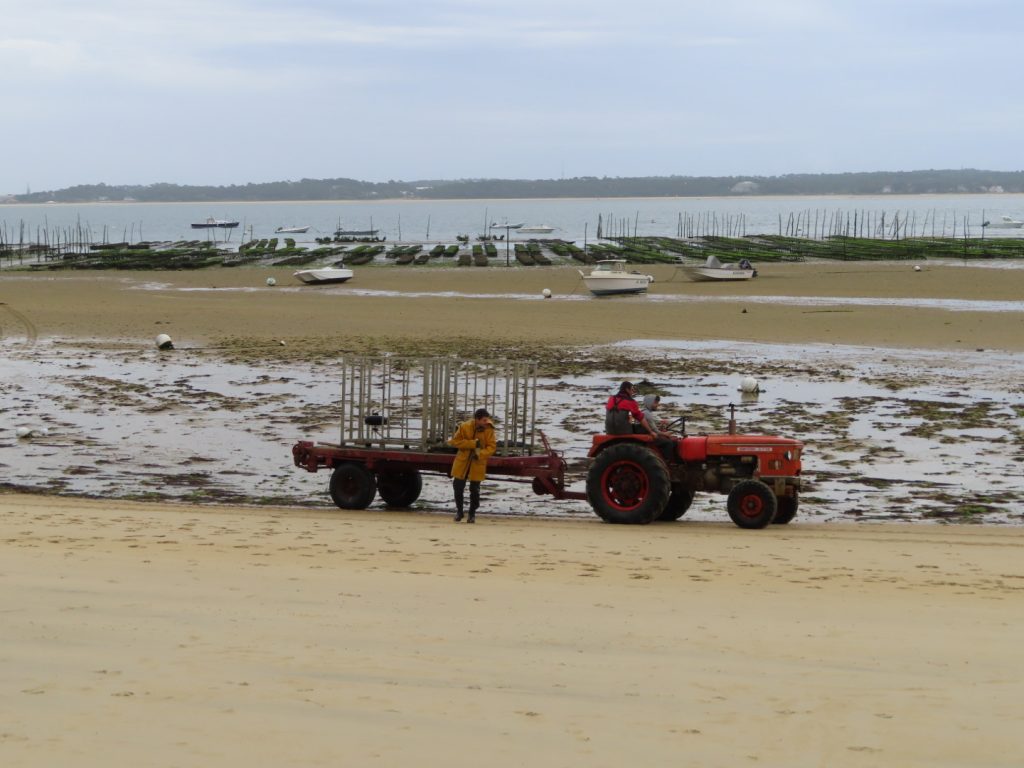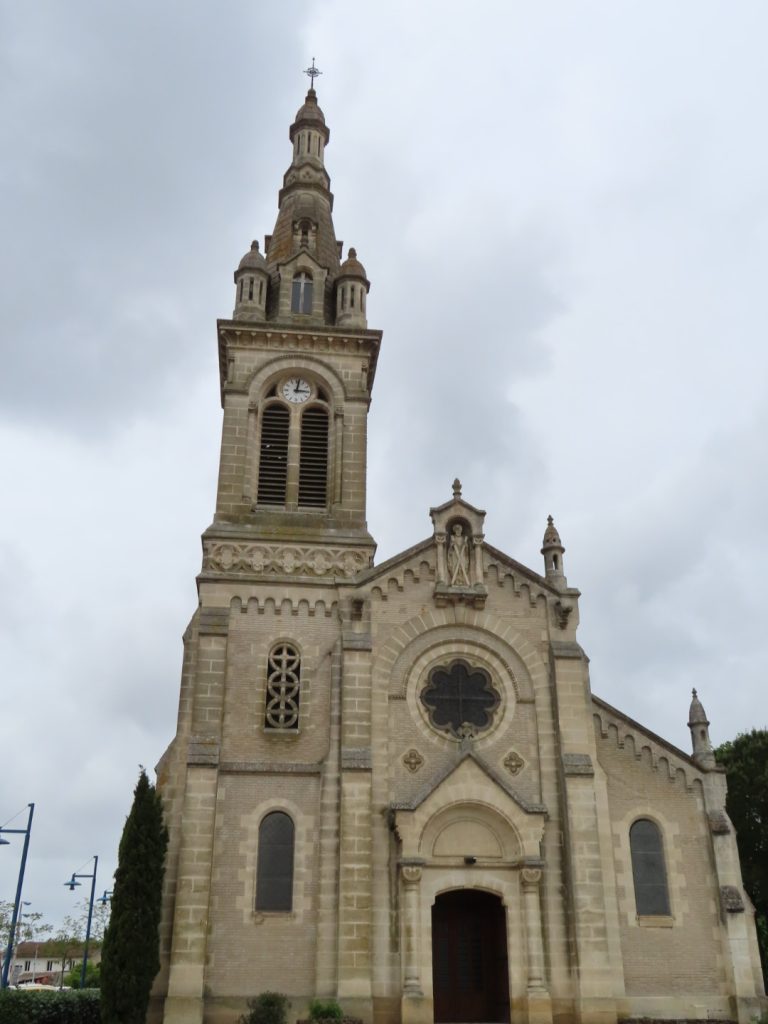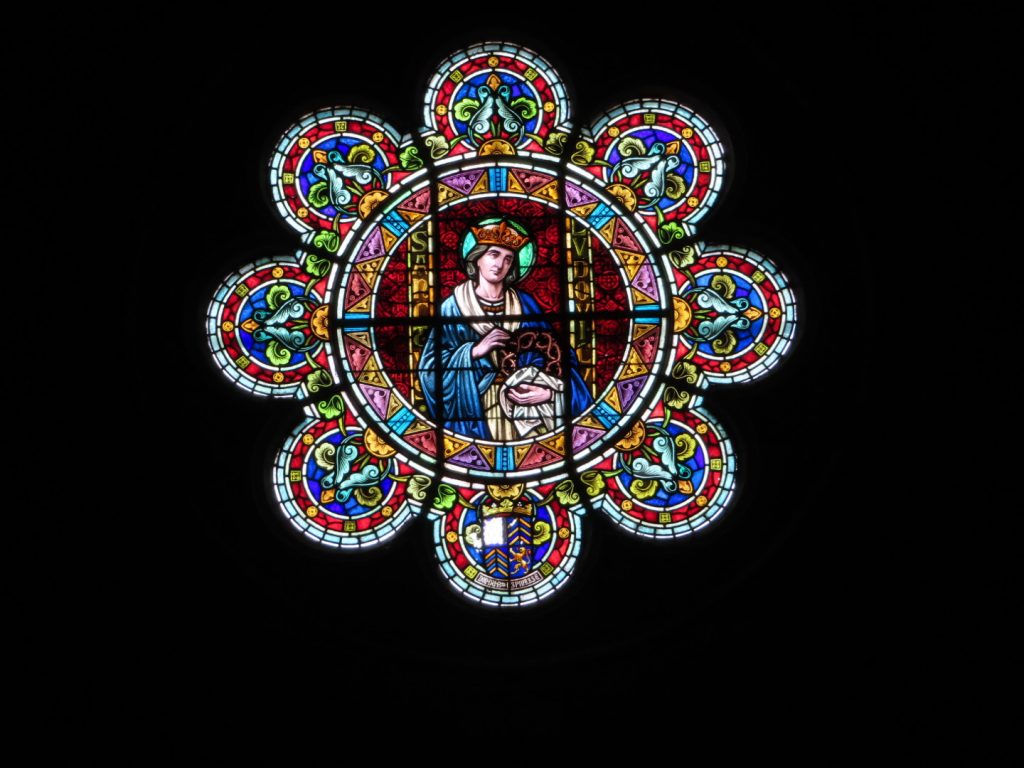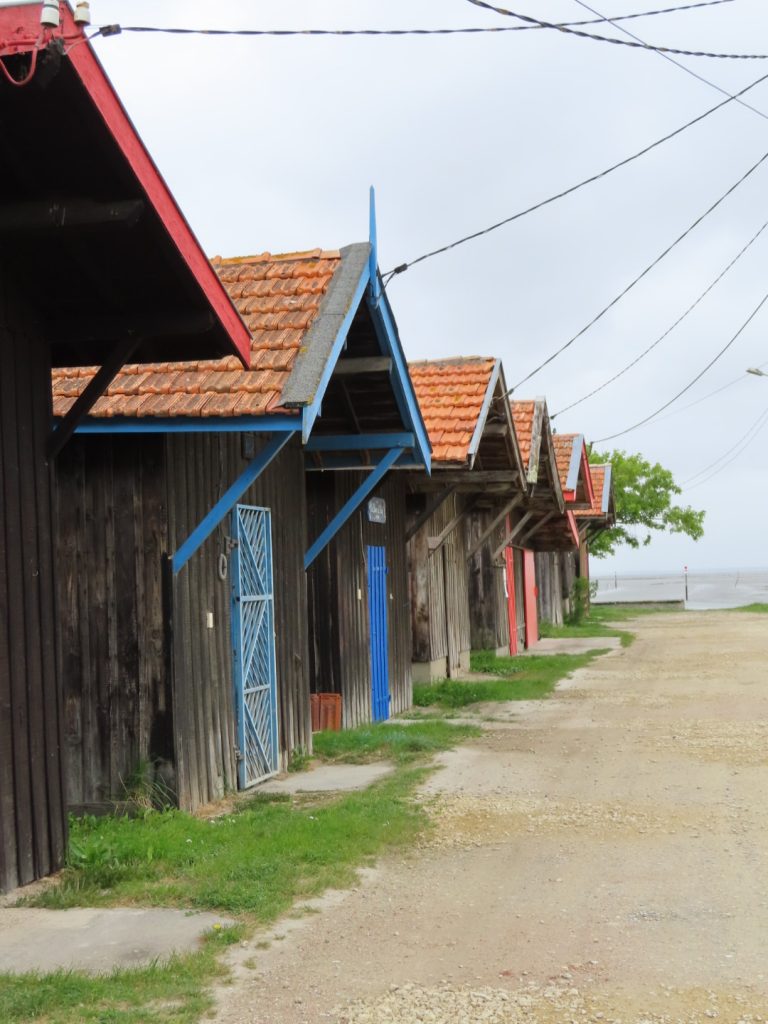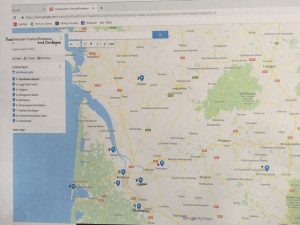Friday to Sunday, May 10 to 12
We sadly left the beaches and pines behind us and headed a few hours north. I figure that, if one is always sorry to leave someplace, one has made some good choices about where to spend time. That, at least, would be the half-full-glass interpretation. We have purposely given ourselves at least 3 days in each area we will visit, in the hopes of not having regrets based on not having enough time. In this case, it was regrets simply because the place felt so familiar and attractive, the sea air was so good. So that’s the right kind of regrets on leaving.
We traveled the length of Cap Ferret, skirted the metropolis of Bordeaux, crossed first the Garonne River then the Dordogne River. An hour later we were in Cognac country.
Only a few hours difference, but a world away. Cognac country is rolling hills, all lush and green at this time of year. Deciduous trees, agricultural fields. Vineyards and more vineyards. Old stone villages. Hence the reference to stones and vines. As we drove through the countryside, we kept seeing signs that said, “des Pierres et des Vignes,” of the stones and the vines.
On Saturday, we explored the Cognac region. We had to dodge some heavy rain showers, but the skies lightened up as the day went along.
We combined the more interesting features of a couple recommended drives. As much as we could, we followed the pretty Charente River, which is the backbone of it all.
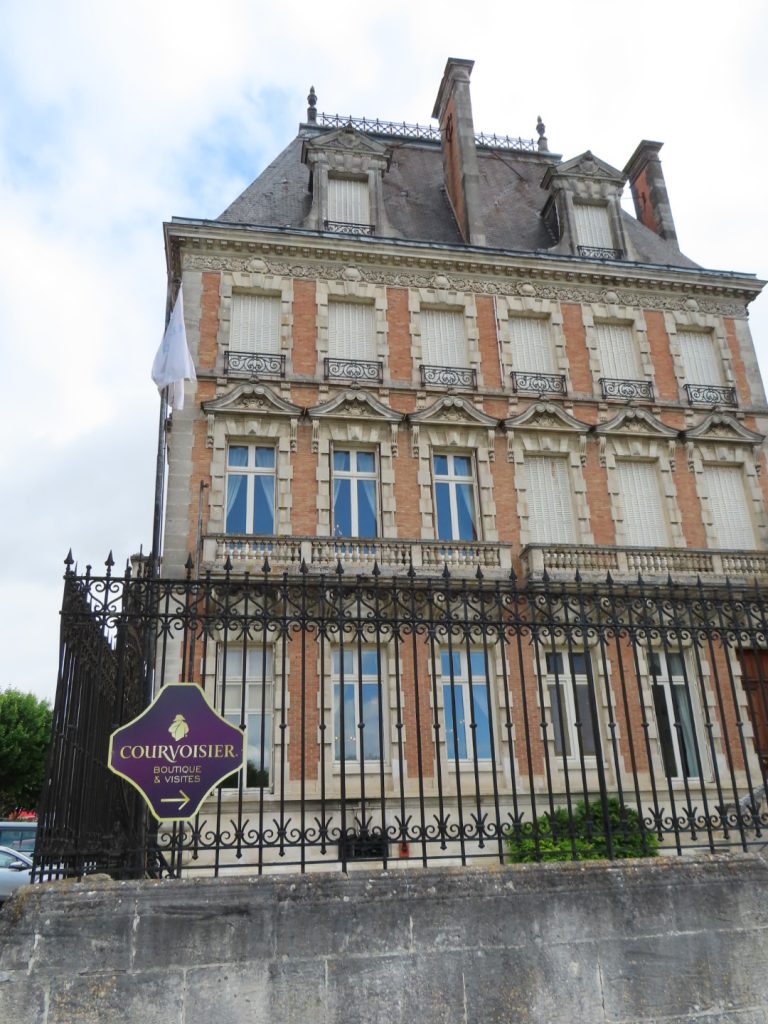
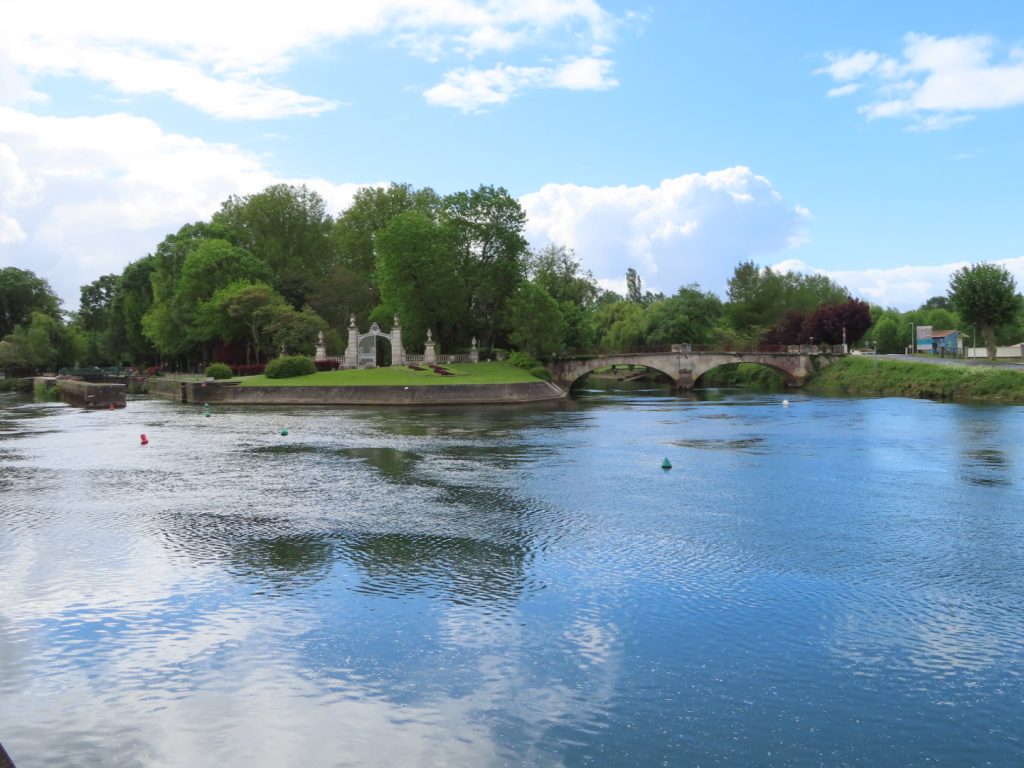
We visited an old abbey and a couple 12th century churches.
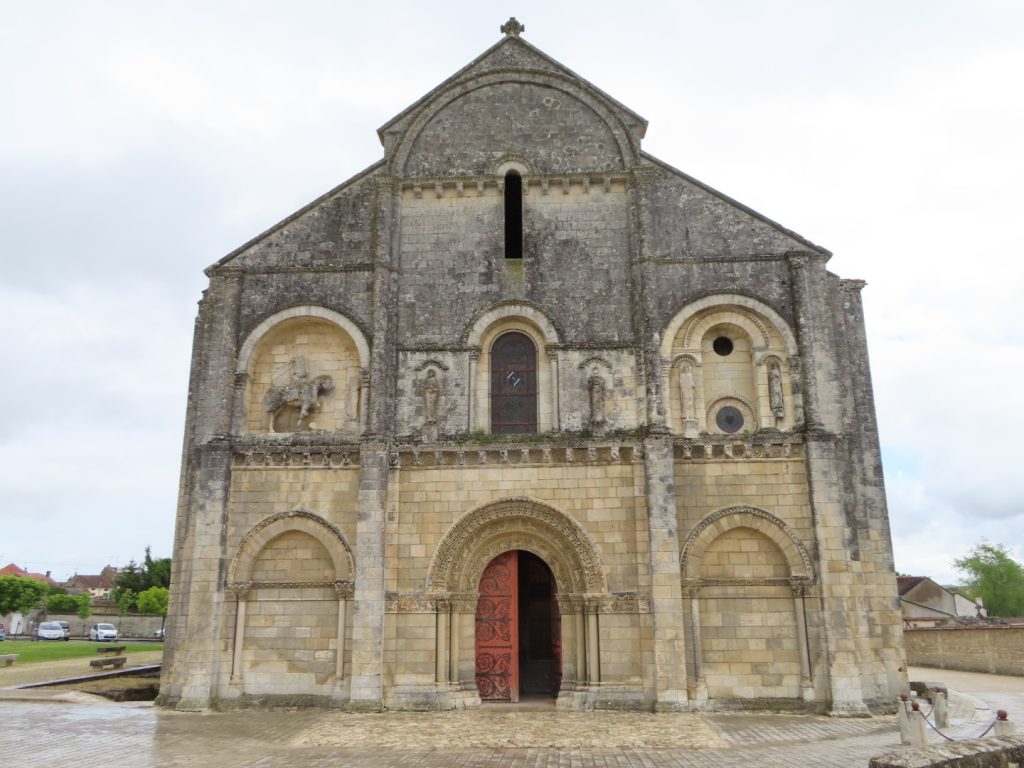

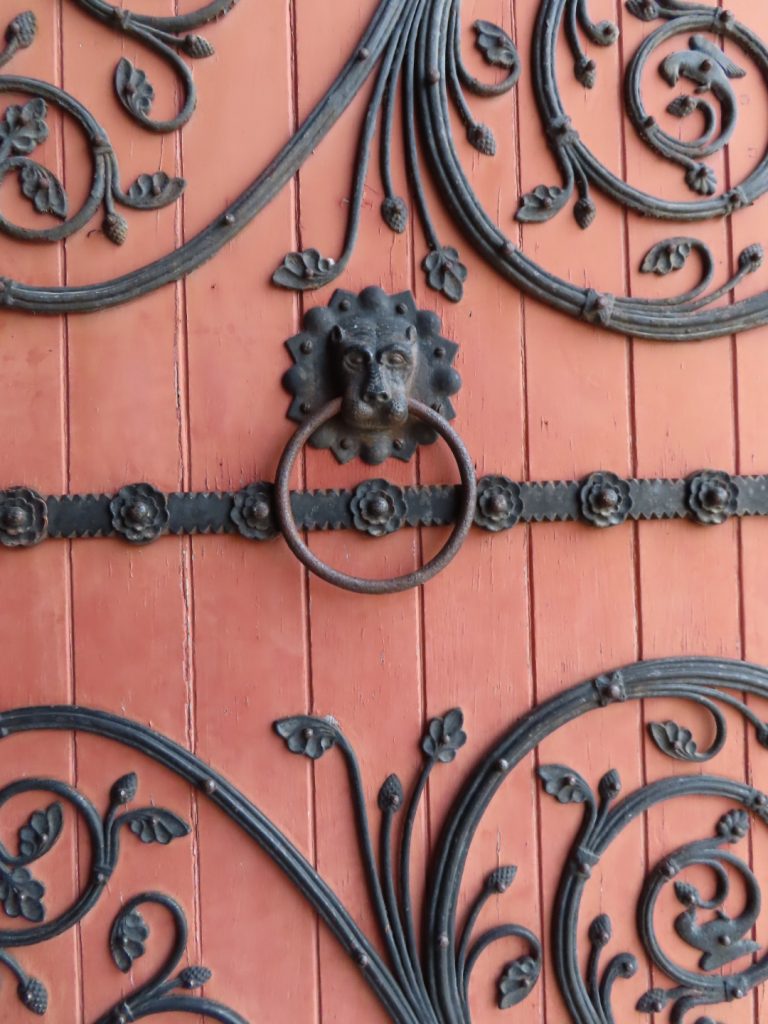
We squeezed our way through some tiny village passageways and luxuriated in broad, open vistas. We saw both urban and country versions of the Charente. We saw bridges and locks (lots of locks!).
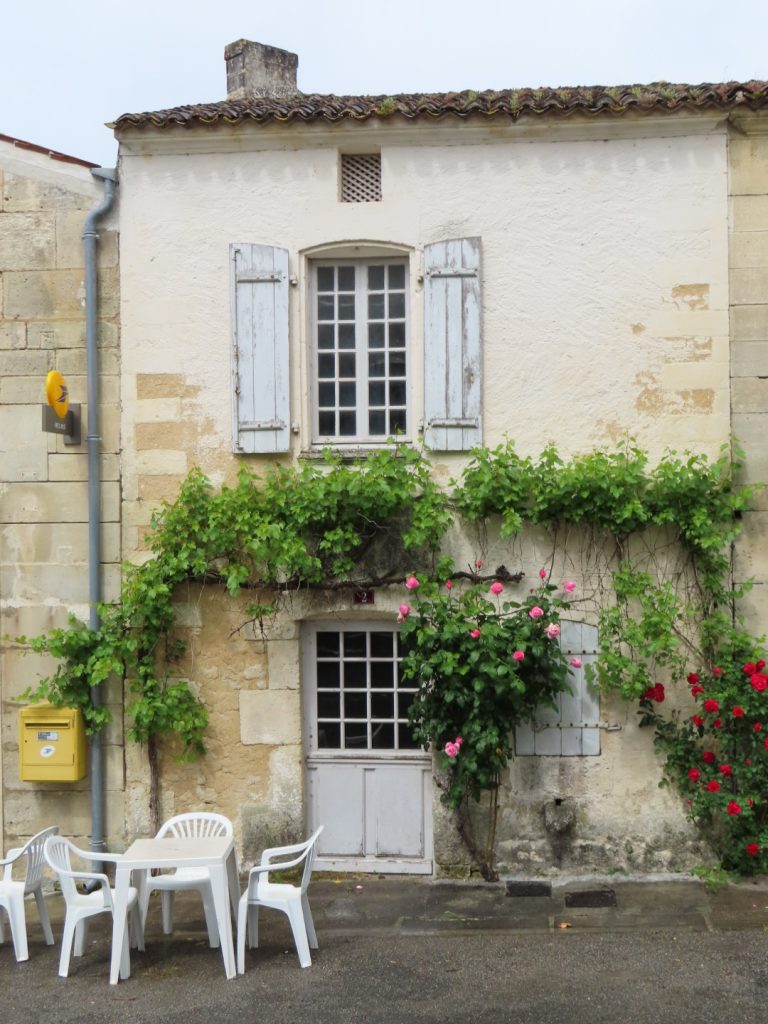
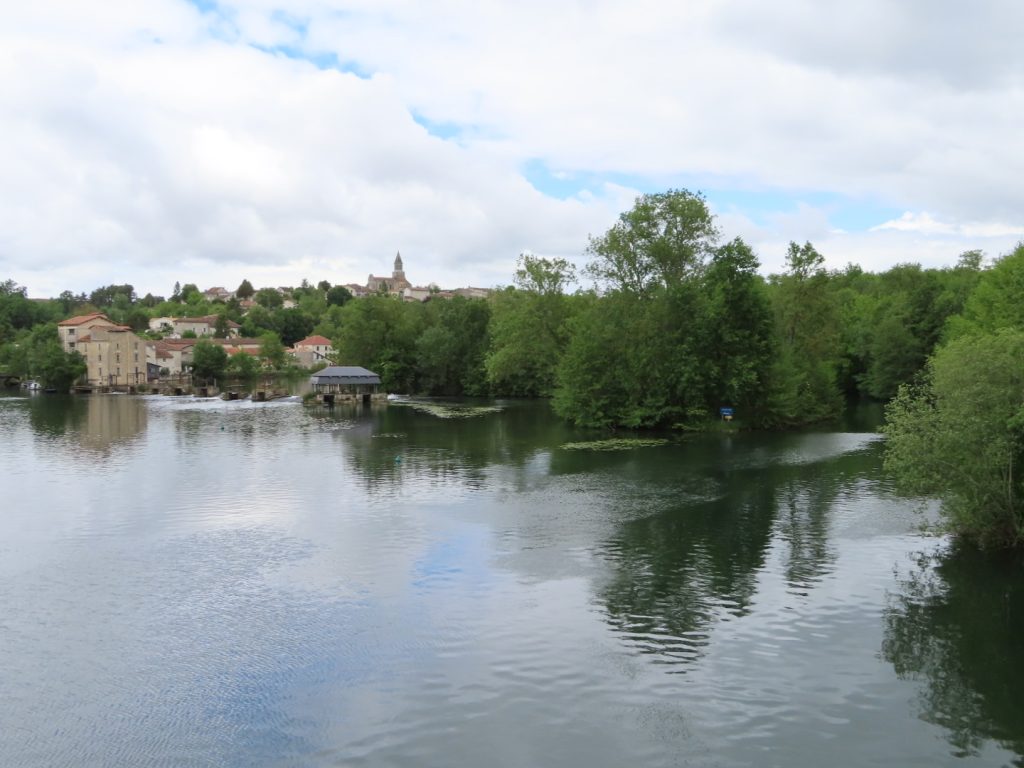
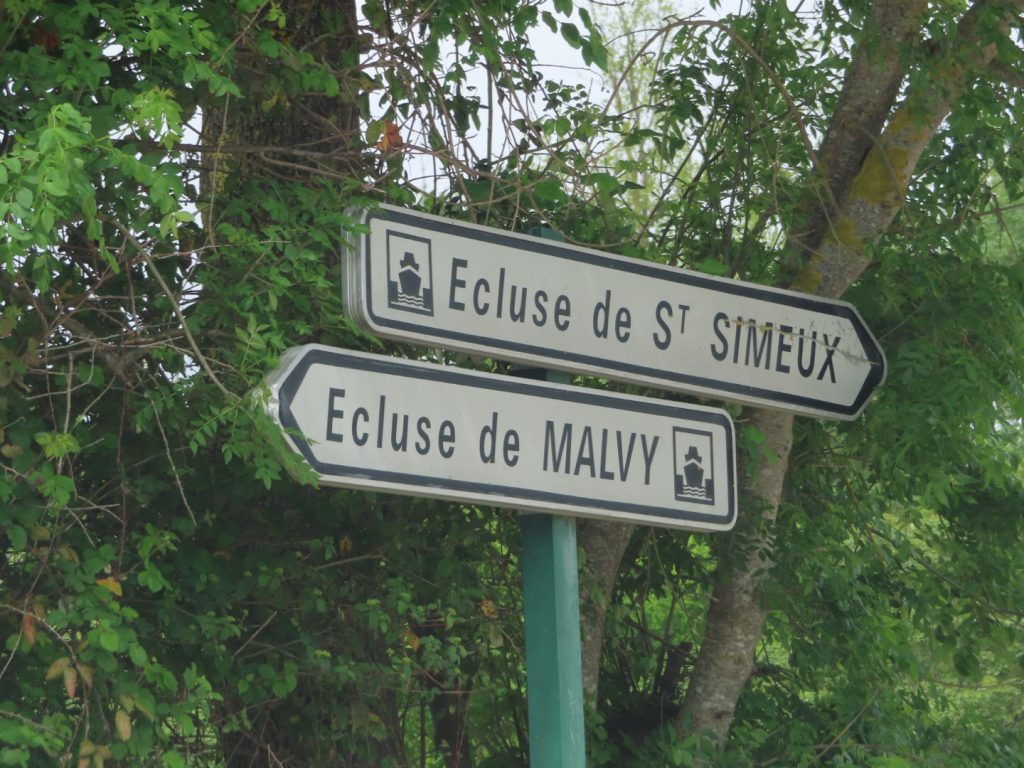
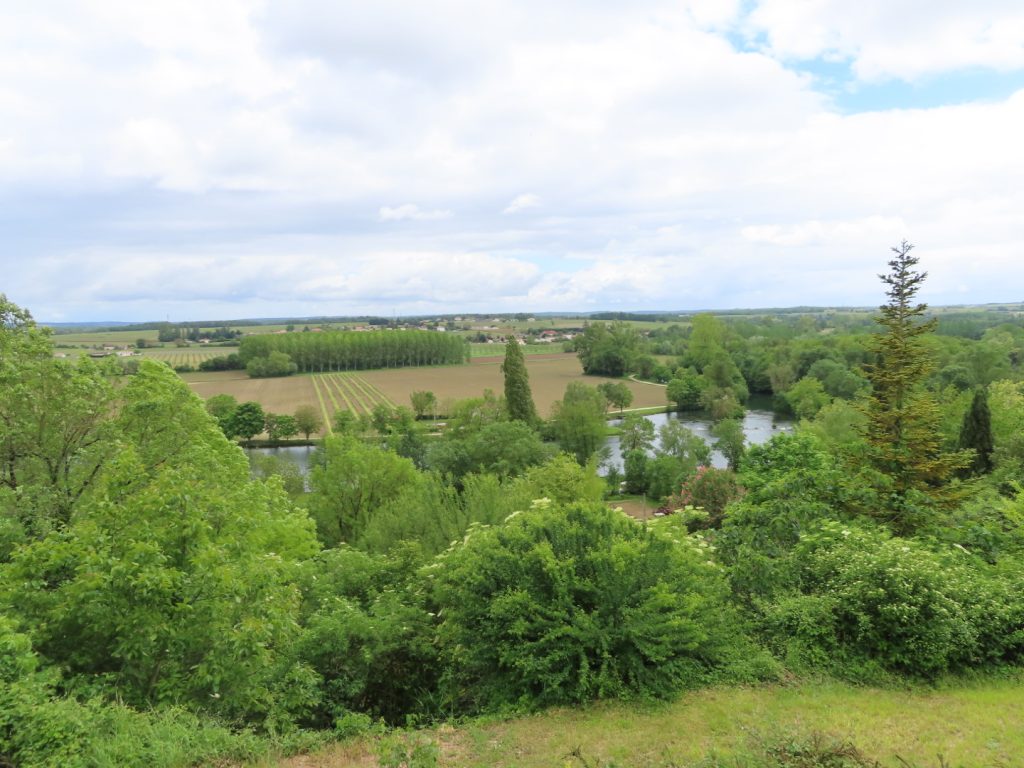
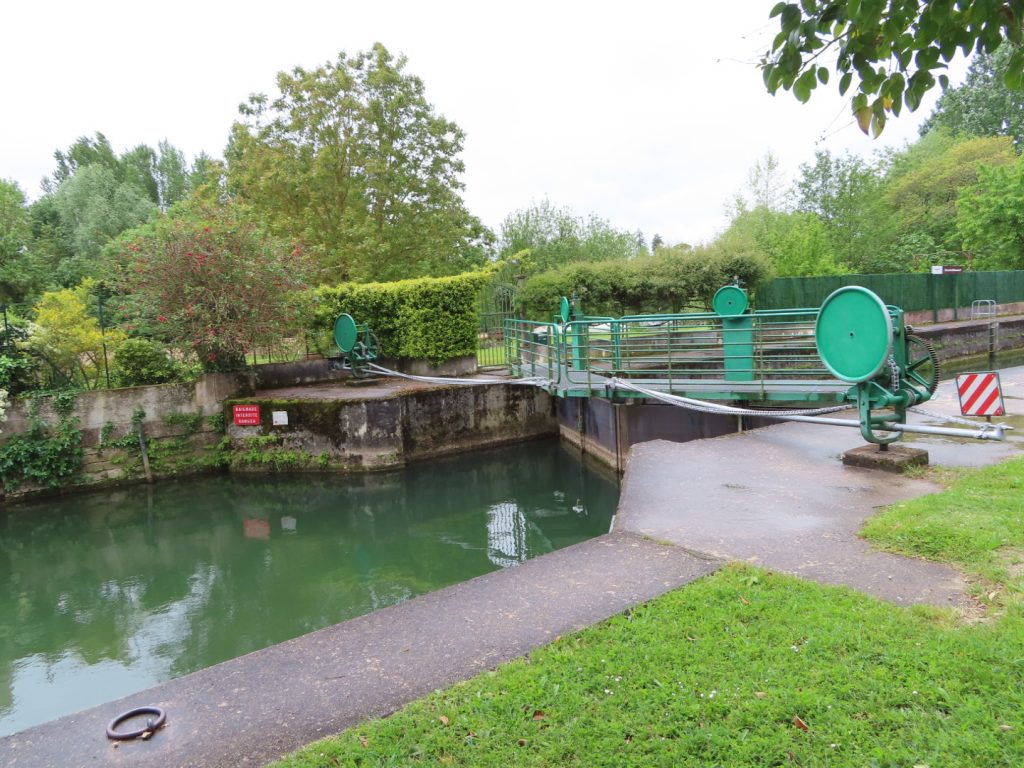
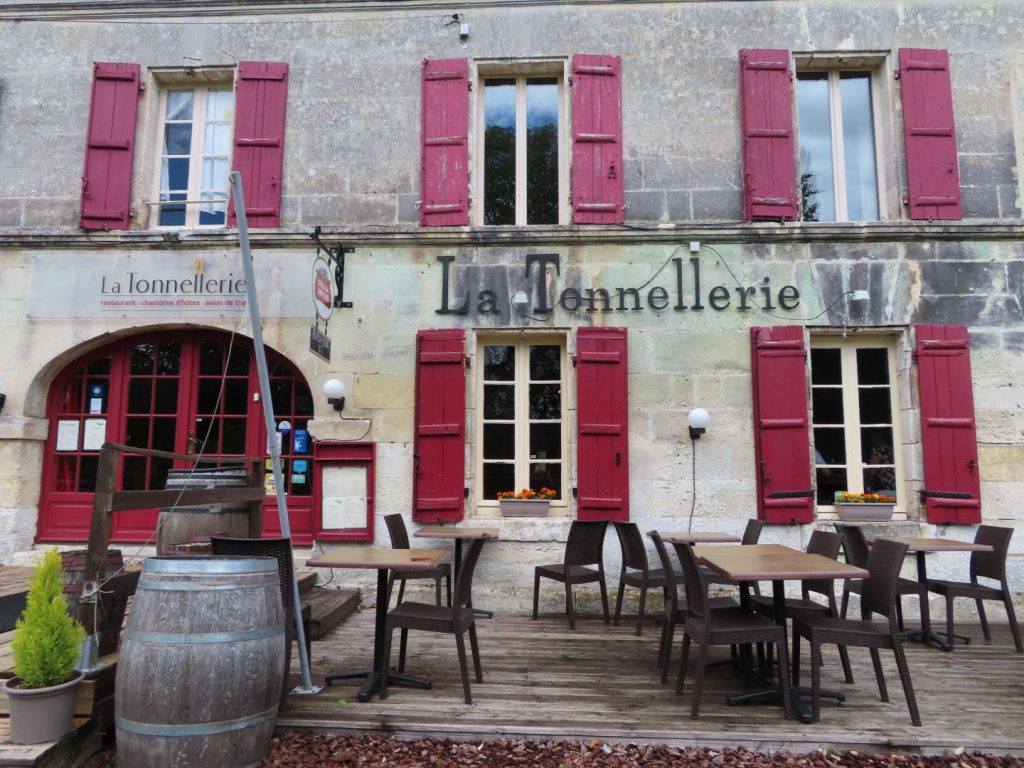
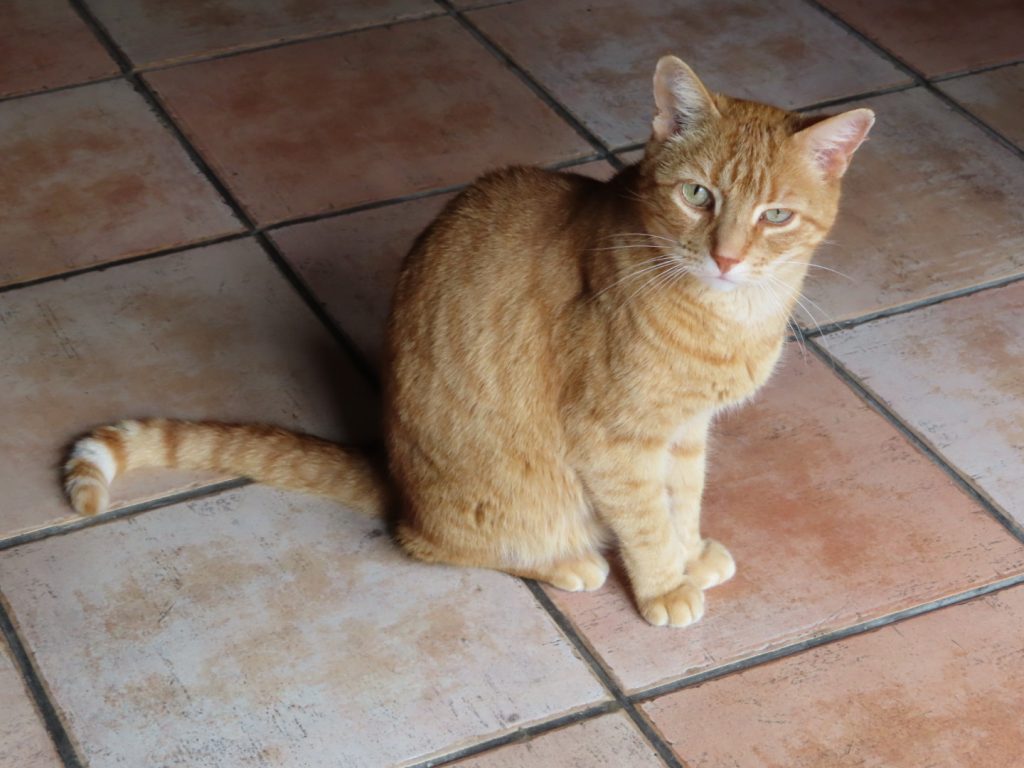
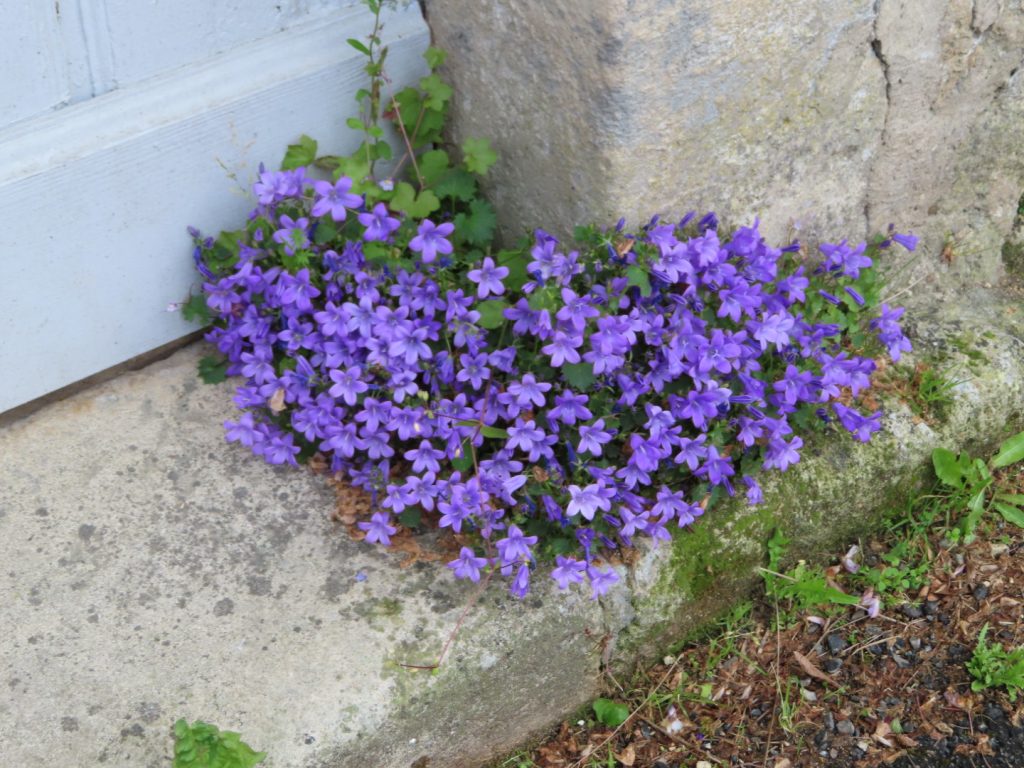
We saw miles and miles, hillsides, of vineyards. We saw warehouses and cooperage yards. The making of Cognac is definitely the local business.
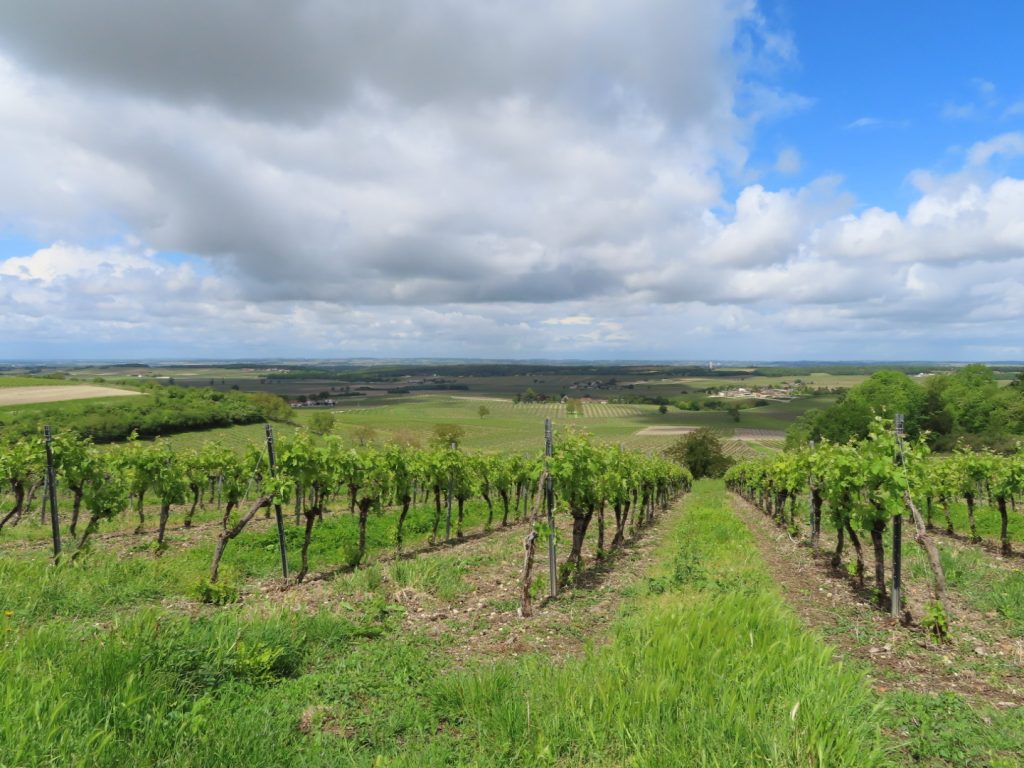
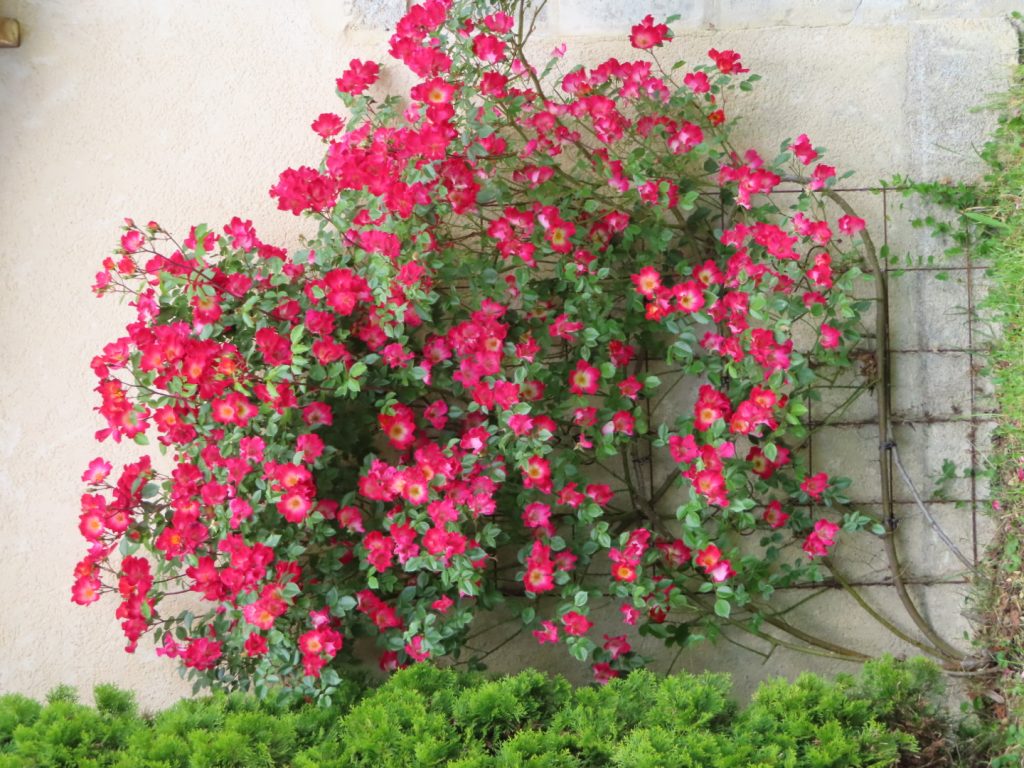
We decided to visit the Cognac bar in our hotel at the end of the day, by far the prettiest room in the old chateau. We knew we would regret not experiencing a tasting in that elegant setting. Just to keep ourselves somewhat moderate, we shared a single tasting, which included one VSOP and two XO’s.
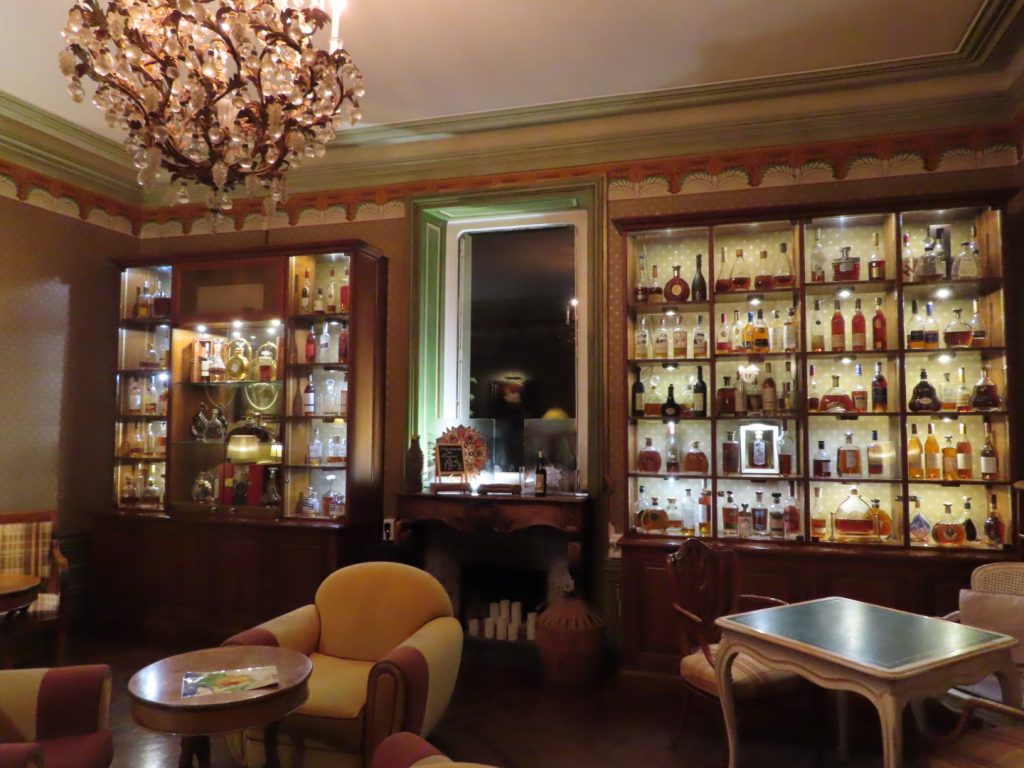
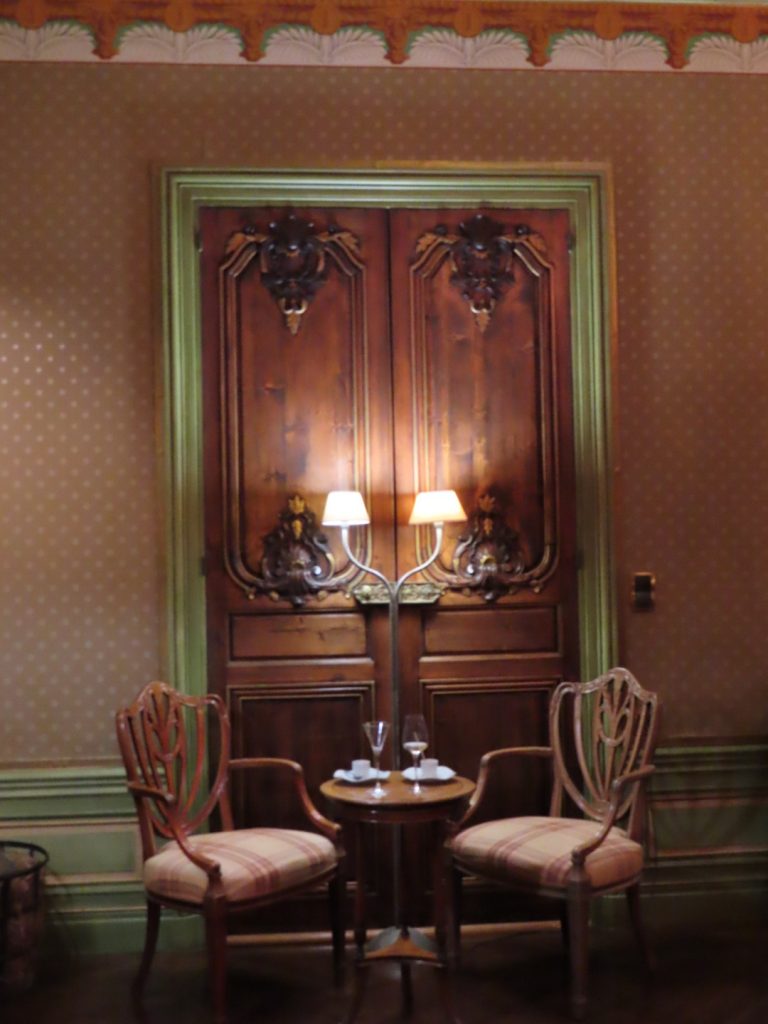
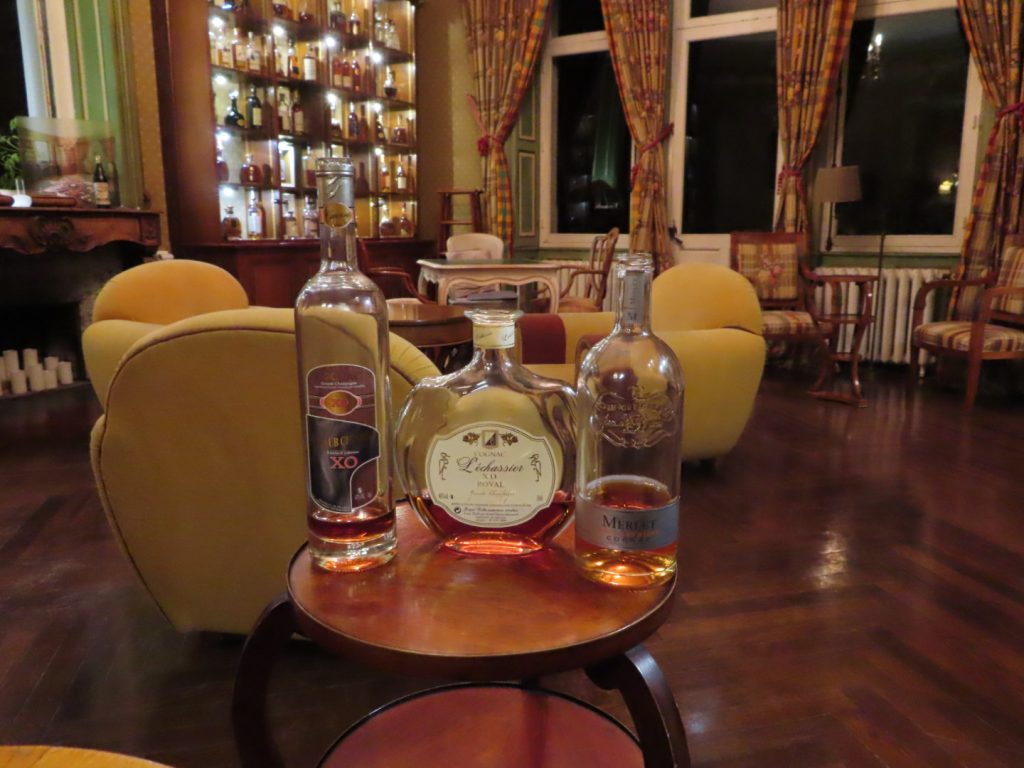
On Sunday—a windy but beautiful day—we planned to visit two of the Cognac “houses,” both located in old town Cognac. Martell (opening at noon) and Otard (opening at 2pm) were our choices, after reading multiple sources. The best laid plans….
Martell, it turned out, had opened at 10am—a bit early for Cognac tasting. Though friendly, they were not doing tours because of their renovations. A couple staff people carefully walked us through the many different Cognac products available. They would have happily done a tasting for us, but we decided to go up to the top of the building where they have a panorama bar. There, too, you can have a tasting. We opted to sit out in the sun on the deck, looking at the red tile roofs of the old town while sipping two of the numerous Cognac cocktails offered.
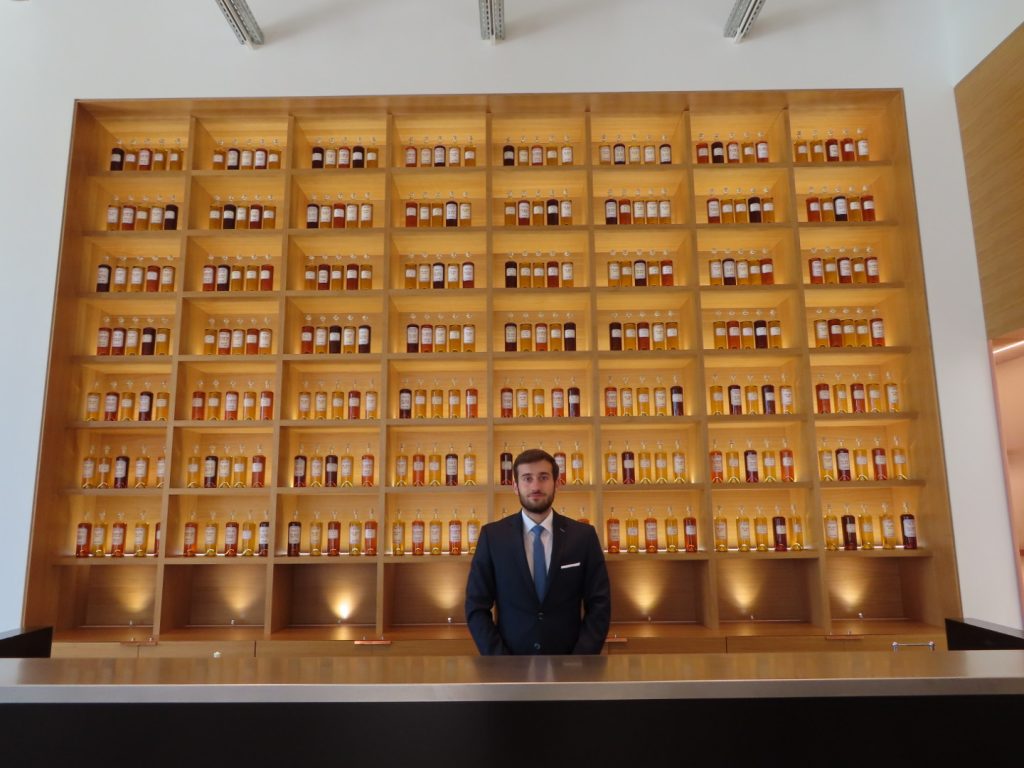
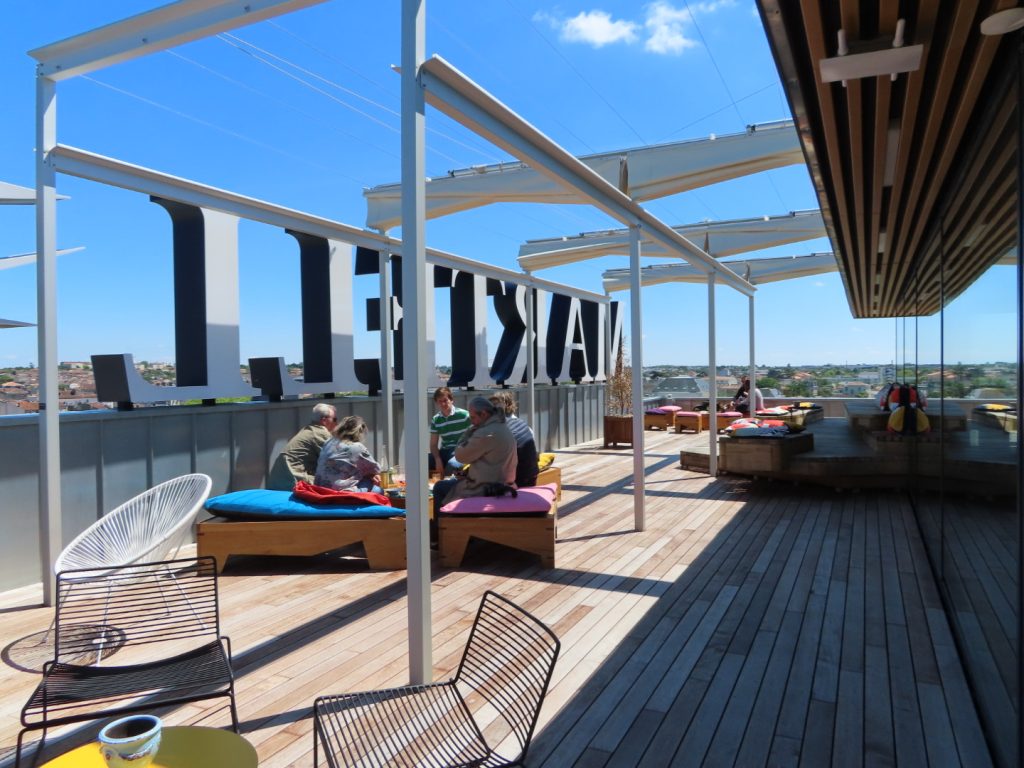
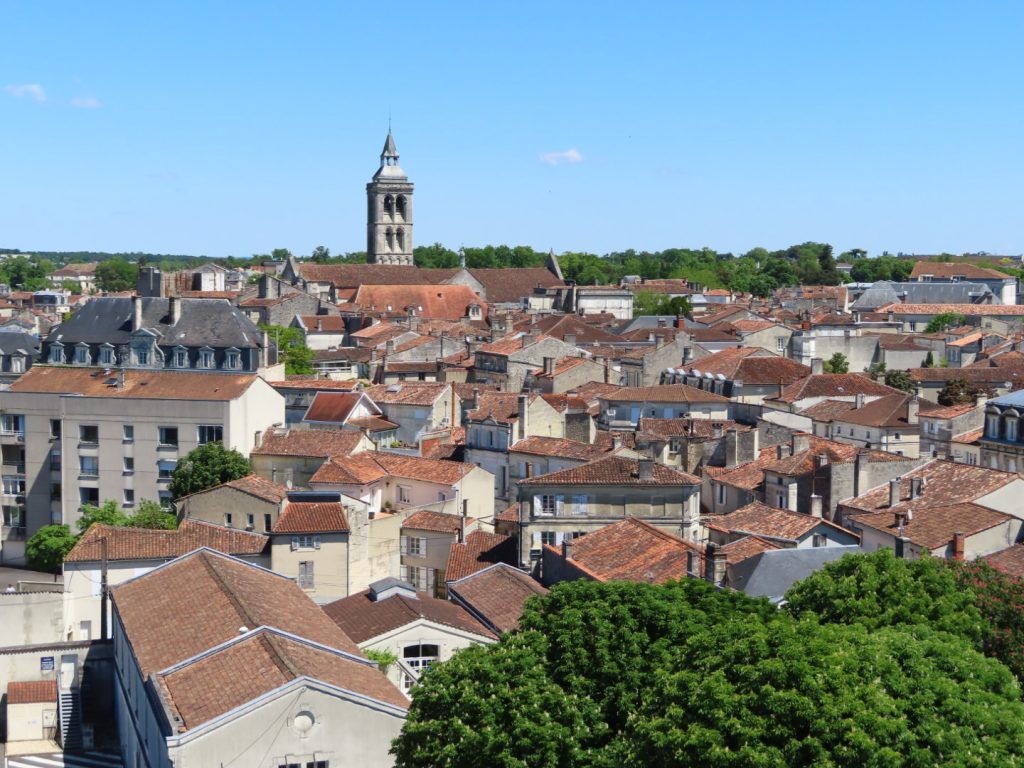
When we arrived at Otard at around 1:40pm, we saw a sign that an English tour had just started at 1:30pm. Obviously, they too had opened earlier than the listed time. The next tour in English was to be at 4pm. Fortunately, they allowed us to catch up to the tour. In truth, we’ve seen enough distilleries that there wasn’t really much new territory to cover—just lots and lots of stairs to various levels of cellars and history. We did learn that only 2% of Cognac production is consumed in France. Think about it. They have all this land and all these producers, warehouses, cooperages, etc., for something that is almost entirely made for foreign markets. That isn’t evident in the region, where a lot of that 2% must be consumed. Because every restaurant and hotel and brasserie is serving Cognac on its own, Cognac-based cocktails, or Cognac-enhanced foods and dishes.
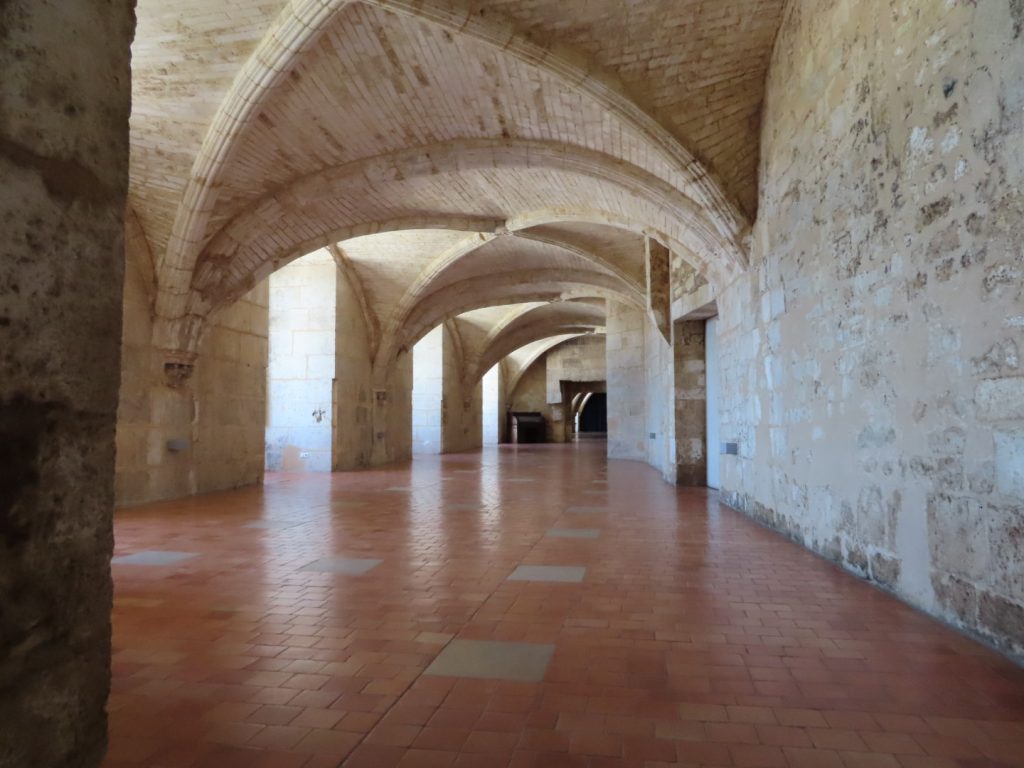
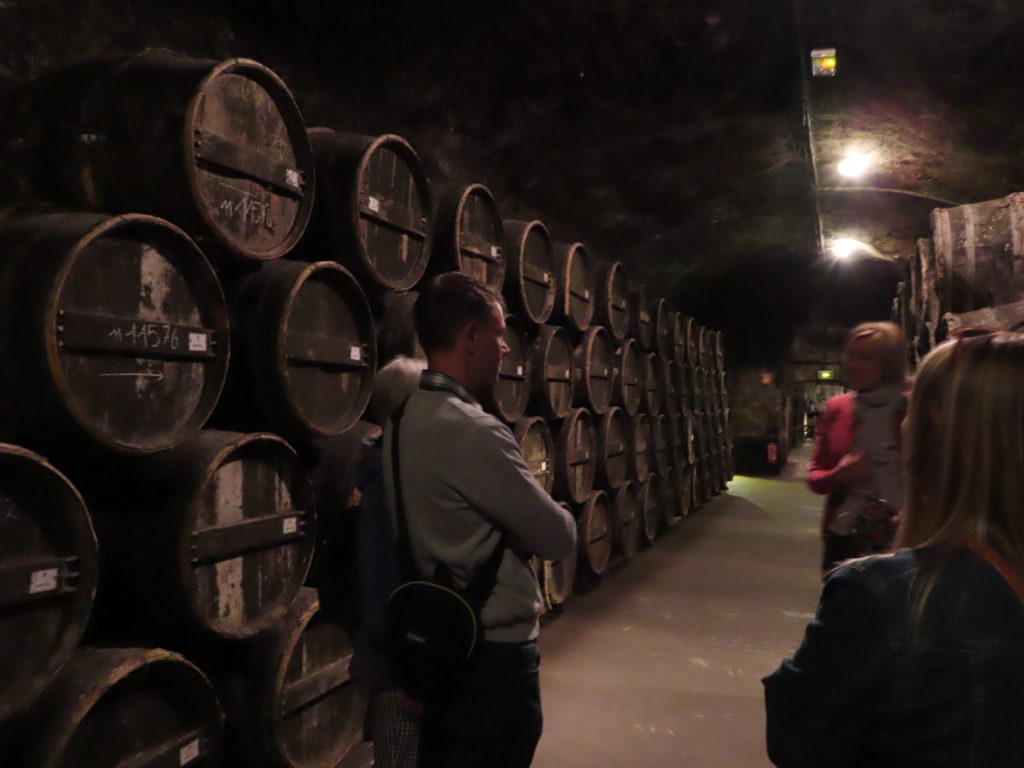
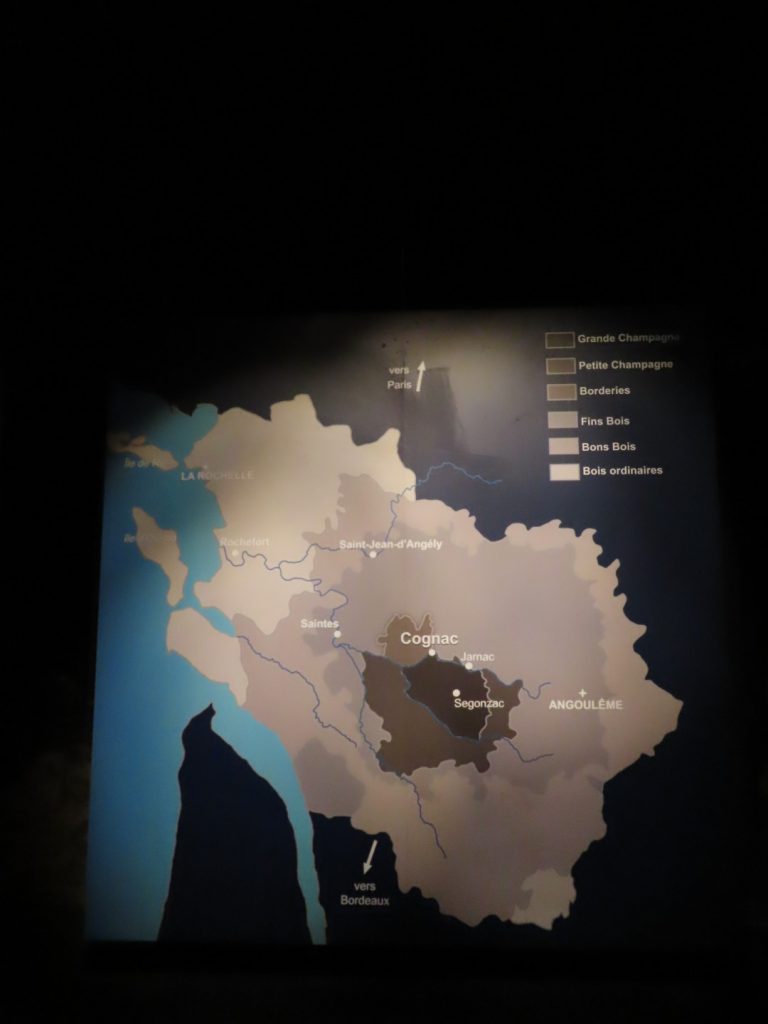

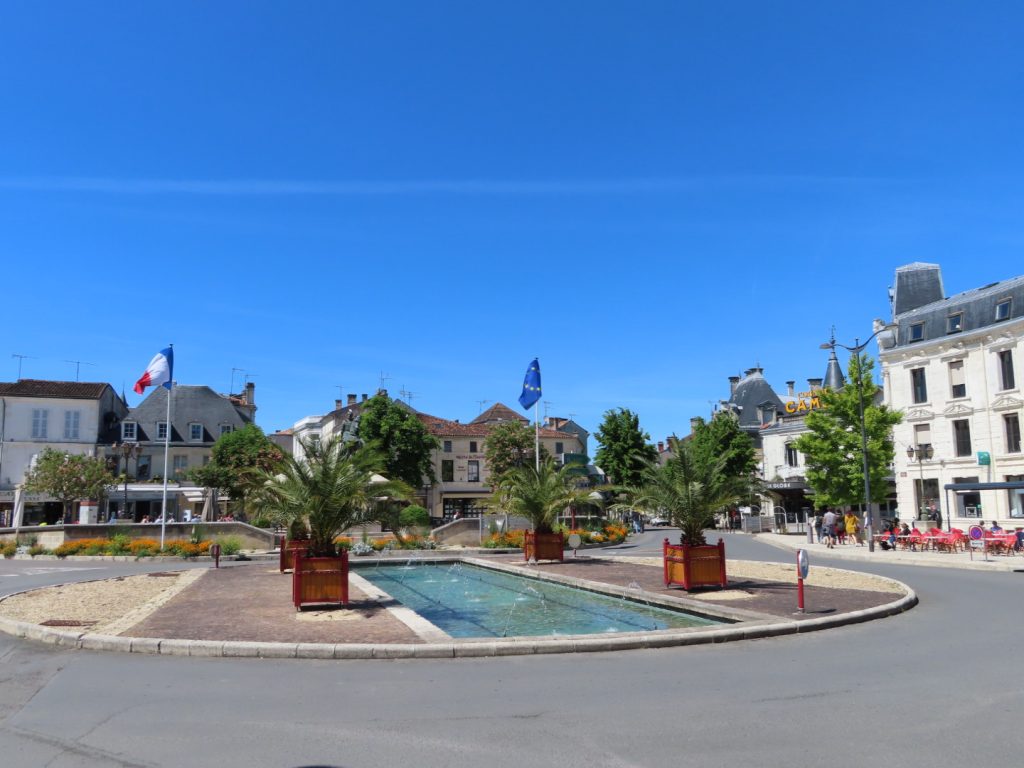
This is amongst the prettiest wine regions we’ve visited—flower-filled stone villages, winding river, gentle hills, and, of course, more vineyards than we could count. A complete contrast to the Atlantic seacoast of our first few days. This is one of the things we’ve always loved about France: Each region is distinct. Here, within a few hours of each other, we’ve visited two unique-to-themselves areas.

